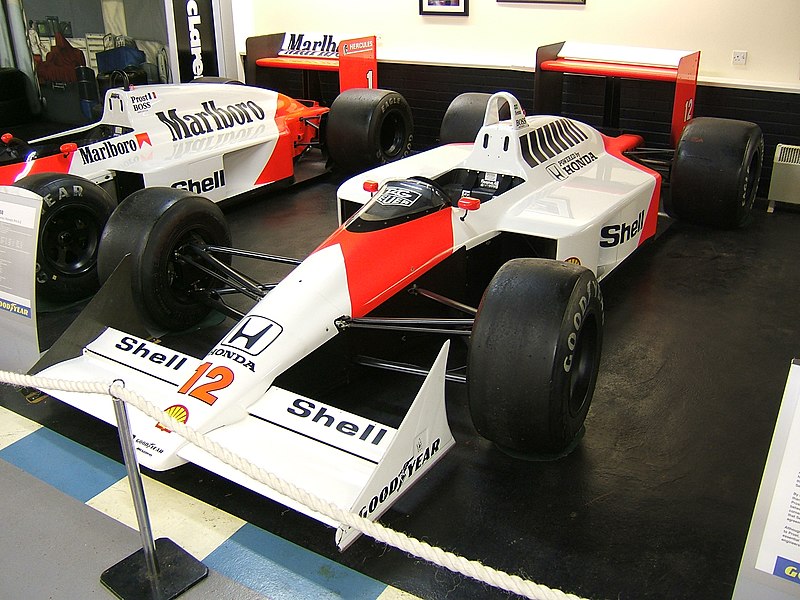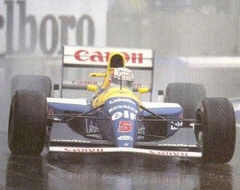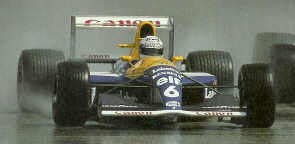WhiteBlue wrote:
that is by no means speculation. the problem of dirty air is directly related to downforce. it is proportional. you can argue about the benign effects of certain types of downforce elements but in the end more downforce means more dirty air.
That's totally false.
The strength of turbulence behind a car is not related to downforce but to design.
When you have one design, it is true the strength of the vortex increases with speed (and thus downforce) but the turbulence factor not.
You can have way more downforce without all the turbulence simple, replace a tiny high camber wing by a wide, large flatter or thicker one and you'll end up with far less turbulence.
With this you can add the importance of the wake structure.
And this is even more incorrect considering the detrimental effects on the following car are dependent on the sensitivity of the airfoils.
WhiteBlue wrote:
perhaps some cars have less drag and turbulence and have different turbulence patterns but that isn't going to overrule the efect of 1 ton more or less downforce. so with pretty good accuracy you can predict that a 15% reduction in downforce and some changes in the devices that produce the downforce you are not going to make the improvement in passing that a 50% planned reduction had brought. if you can defeat that logic tell me how.
That's not a logic, that's a statement.
You always have the example of the venturi channels that produces much more downforce without having any problems.
As i said, the problems with actual airfoils is that they are run at high AOA's and high cambers because they're small. With larger parts you would have no problems.
Also the wake structure in itself is the main problem since the diffuser and wing entertain their turbulence. You could keep the same levels and change the wake structure, the turbulence would decrease.










